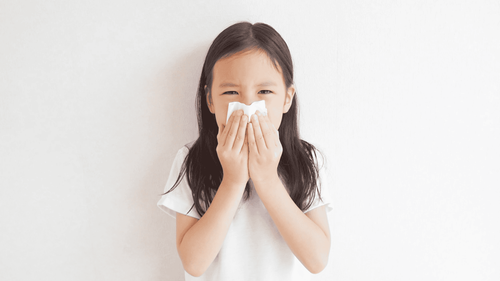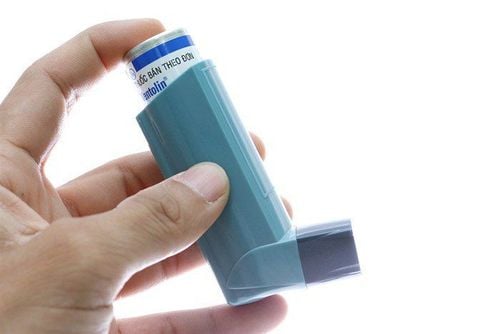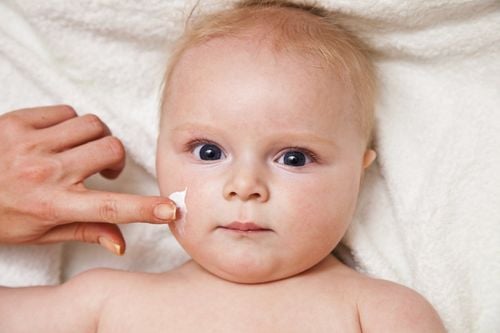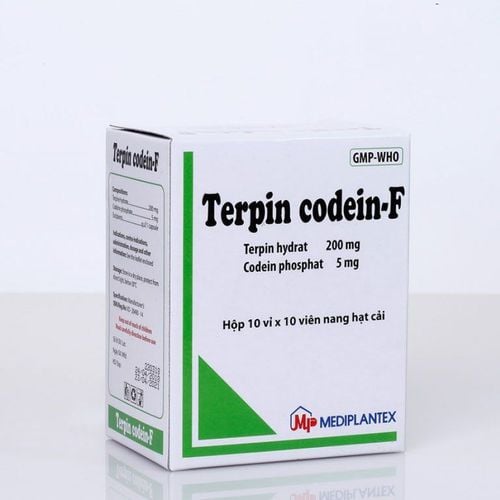This is an automatically translated article.
Cold weather is a favorable factor for bacteria, viruses to develop and cause disease. Children are always the most susceptible to these agents, especially respiratory diseases. In which bronchiolitis is a common disease, which can lead to severe consequences if not detected and treated promptly. According to statistics, death from acute respiratory infections ranks fifth among diseases in children.
Virus - The main culprit
The causative agent of bronchiolitis in children is usually viruses, the leading cause of which is respiratory syncytial virus (VRS), which accounts for 30-50% of cases. This virus has two special features: it is highly contagious, so the disease is likely to become an epidemic; Adults and older children can also be infected with syncytial virus, but the symptoms are usually mild, just like a common cold. But if a child under 2 years of age is infected, it can manifest as a severe form of VTPQ. Influenza and parainfluenza viruses also infect about 25% of children with bronchiolitis. In addition, there is adenovirus with 10% of cases.
If the child lives in an area with an epidemic of influenza or an upper respiratory infection (due to syncytial virus), the infection rate is very high because the child's body resistance is still too weak, especially young children who are not breastfed but cannot full breast milk. Children who have been sick with previous viral infections such as nasopharyngitis, tonsillitis, VA... are at risk of infection if they are not well taken care of. Children with congenital heart disease, living in a passive smoking environment, having congenital lung disease or immunocompromised are all at high risk of developing VTPQ.
Trắc nghiệm: các chỉ số cần chú ý về sự phát triển thể chất của trẻ
Chiều cao, cân nặng của bé ở từng giai đoạn nên là bao nhiêu là bình thường, bao nhiêu là bất thường? Cùng ThS.BS Ma Văn Thấm điểm lại xem bạn đã nắm được các chỉ số phát triển thể chất của bé chưa nhé!The following content is prepared under supervision of Thạc sĩ, Bác sĩ y khoa, Ma Văn Thấm , Nhi , Phòng khám Đa khoa Quốc tế Vinmec Dương Đông(Phú Quốc)
Manifestations when children have bronchiolitis
VTPQ is a common disease in young children, especially children 3-6 months old. When infected, these small bronchi become inflamed, swollen, and secrete a lot of fluid, making the child's airways narrow or even blocked. Parents should not be subjective when seeing their children have signs such as cough, clear runny nose, moderate fever or high fever. After 3-5 days, the child coughs more and more, has difficulty breathing, wheezing. In severe cases, they turn pale, even stop breathing due to exhaustion. Children who come to the hospital for examination often have a rapid breathing rate, moderate fever, respiratory contractions, chest indrawing, and children moaning. Breathing sounds can be raspy, snoring, and poor lung ventilation. After that, the child coughs more with difficulty breathing (breathing faster, breathing in the chest, wheezing...). In more severe cases, the child may refuse to breastfeed and turn pale. The disease has symptoms similar to asthma. Normally, children will wheeze for about 7 days, cough will subside in about 14 days and then completely disappear if well cared for. However, in about a fifth of cases, the illness can last for weeks.
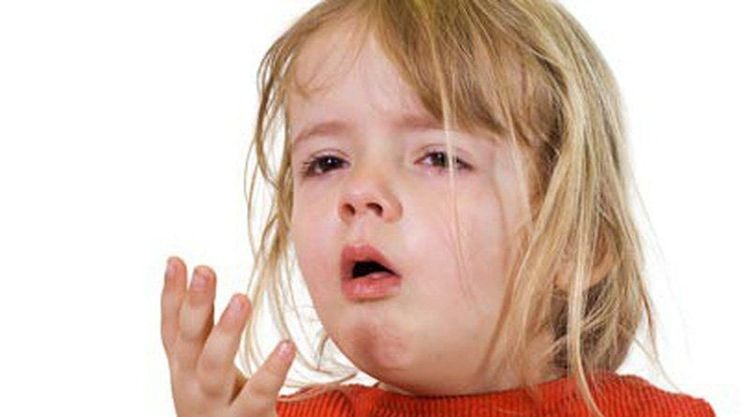
How to monitor and take care of children
If the disease is mild, with no complications, and no risk factors, care can be taken at home.
Continue to breastfeed or eat well. Children need to drink plenty of water to avoid dehydration. Need to clear the baby's nose to help the baby breathe easier and feed better. You can drop the nose with 2-3 drops of physiological saline, then clean the baby's nose. Give your child the medicine exactly as directed by the doctor. Avoid cigarette smoke, irritating odors, and pollen because they can make your child's illness worse and more likely to have asthma later in life. You need to see your doctor on time. When children have severe signs such as difficulty breathing, poor feeding, cyanosis, complications, they need to be hospitalized for treatment:
- For normal forms, without respiratory failure, as soon as they are admitted to the hospital, doctors will proceed to aspirate the airway, release secretions. Use a moist nebulizer with a quick-acting bronchodilator such as ventolin, bricanyl, salbutamol. Combined with respiratory physiotherapy: flapping, suctioning sputum.
- Children with high fever, vomiting, rapid breathing must replace enough fluids and electrolytes according to the child's body needs. Children should be given adequate nutrition and careful consideration before using antibiotics.
- For severe cases with respiratory failure, it is necessary to give oxygen, aspirate the upper respiratory tract, use bronchodilators with humidification, infusion of water and electrolytes according to the body's needs to compensate for the deficiency.
- If the above measures do not improve respiratory failure, intubation and other supportive respiratory measures must be performed.
Only use antibiotics when there are symptoms of secondary infection, steroids should not be used for children.

How effective is prevention?
To prevent diseases for children, mothers should breastfeed their children until 2 years old, do not let children get cold, and keep the living environment of the children fresh. Children with congenital heart and lung diseases are especially concerned because they are prone to diseases and progress badly.
Common complications of the disease are respiratory failure, pneumonia (due to easy superinfection), atelectasis, otitis media. It should be noted that the disease may be more severe, last longer, have more complications and also higher mortality in the following cases: children under 3 months old, premature babies - low birth weight, children with severe malnutrition, children with pre-existing heart disease, lung disease, immunocompromised. These are children with risk factors that need to be hospitalized early for bronchiolitis.
Pediatrics department at Vinmec International General Hospital is the address for receiving and examining diseases that infants and young children are susceptible to: viral fever, bacterial fever, otitis media, pneumonia in children, .... With modern equipment, sterile space, minimizing the impact as well as the risk of disease spread. Along with that is the dedication from the doctors with professional experience with pediatric patients, making the examination no longer a concern of the parents.
If you have a need for consultation and examination at Vinmec Hospitals under the nationwide health system, please book an appointment on the website for service.
Please dial HOTLINE for more information or register for an appointment HERE. Download MyVinmec app to make appointments faster and to manage your bookings easily.






